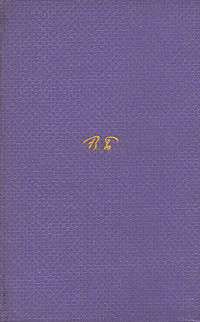By introducing the basics of architectural science, this book is an ideal reference that provides an understanding of the physical basis of architectural design. The knowledge gained from this book equips the reader with the tools for realizing the full potential of the good intentions of sustainable, bioclimatic design. The text gives the reader the knowledge to design in order to control indoor environmental conditions: heat, light and sound. Into this discussion is introduced the problem that traditional energy resources are finite, and their use damaging, and governments and professional bodies demand increasing levels of sustainable design. An outline is provided for creating the required indoor conditions with little or no use of energy, other than from renewable sources. Each chapter presents a quick outline of the basic and relevant physics of heat, light, sound and energy, followed by an examination of human requirements. The reader is then introduced to ways in which these elements can be controlled by the building and by its design. It links architectural science to the practice of sustainable design; essential knowledge for today's architects.; It is accessible reference which introduces the relationship between technology and design decisions. It is a unique source of information covering the full scope of the subject.



 10 (1)
10 (1) 















